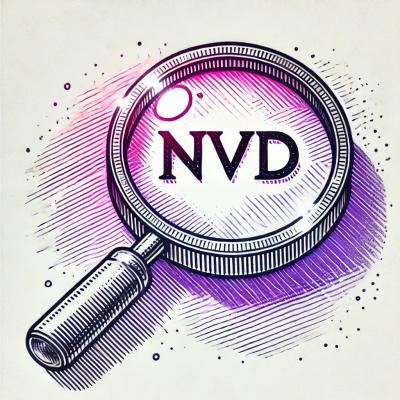
Security News
NIST Under Federal Audit for NVD Processing Backlog and Delays
As vulnerability data bottlenecks grow, the federal government is formally investigating NIST’s handling of the National Vulnerability Database.
src.d10.dev/gofigure
Package gofigure parses configuration files. An application might use this instead of parsing JSON, YAML, or many other alternatives.
Our primary goals include:
Our definition of "human-friendly" is opinionated. It basically means a configuration file format that supports comments, and is not sensitive to whitespace or indentation.
The motivation to avoid third-party dependencies is to minimize the amount of code that needs to be audited, in particular for secure applications where the size of a software bill of materials may be a concern.
To accomplish these goals, the configuration syntax is based on the Go (golang) language. This allows us to use Go's parser, already part of the standard library, rather than third-party imports. And Go's syntax meets our standard for user-friendliness.
The supported syntax supports, for example,
local = env {
port: 8080,
host: "127.0.0.1",
}
prod = env {
port: 80,
host: "0.0.0.0",
}
// environment tells the application which of the envs to use by default.
environment = local
Gofigure provides a multiplexer, with a simple scheme in which a handler is called for each value in a configuration file.
A handler is called if it is the best match for a "path" in the configuration
file. In the example above, "local = env {}" is a fully-qualified path
that matchs only the first item, while "env" is a path that matches all the
env{...} objects.
mux := gofigure.Mux{
"env": gofigure.Object(handleEnv),
// ...
}
Above, "env" is the path to match, HandleEnv is the application-provided
handler function, and gofigure.Object instructs gofigure to unmarshal the
value as an object. Under the hood, gofigure uses "encoding/json" for decoding
into Go structs, and Object, Array, and Scalar tell gofigure what kind of value
to expect.
// env is the Go struct to decode into
type env struct {
Host string
Port int
}
// handleEnv shows the signature of a handler function for env objects.
func handleEnv(r gofigure.Route, v env) error {...}
For each match in the configuration file, a handler is passed the full route and value. In this example, a route would be ["local", "=", "env", "{}"] and the same handler would be called again with a route starting "prod".
FAQs
Unknown package
Did you know?

Socket for GitHub automatically highlights issues in each pull request and monitors the health of all your open source dependencies. Discover the contents of your packages and block harmful activity before you install or update your dependencies.

Security News
As vulnerability data bottlenecks grow, the federal government is formally investigating NIST’s handling of the National Vulnerability Database.

Research
Security News
Socket’s Threat Research Team has uncovered 60 npm packages using post-install scripts to silently exfiltrate hostnames, IP addresses, DNS servers, and user directories to a Discord-controlled endpoint.

Security News
TypeScript Native Previews offers a 10x faster Go-based compiler, now available on npm for public testing with early editor and language support.